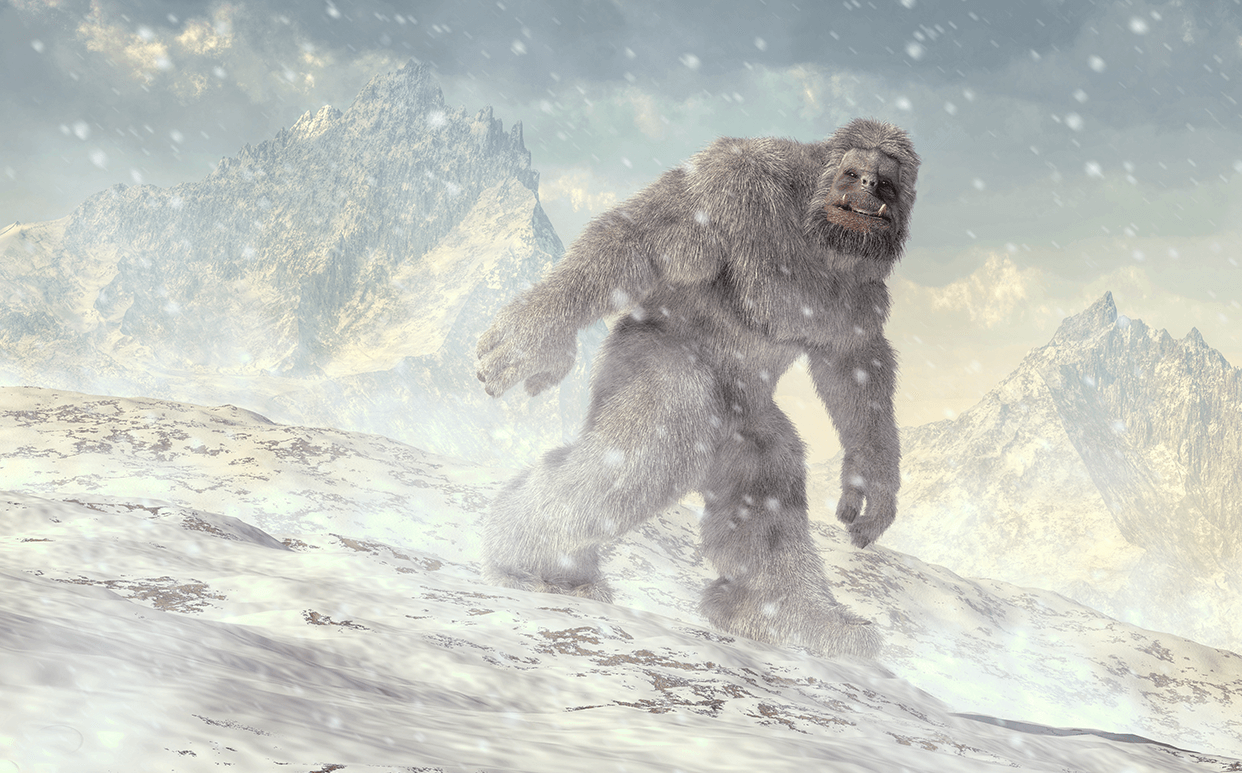History of Cryptozoology

Any animal that is believed to exist but is not recognized by mainstream modern biology is known as a cryptid. Get the inside scoop on what exactly cryptozoology is and how this study of cryptids came to be.
What's the newest Life Science? Cryptozoology. Although the word itself is little known, some of the creatures cryptozoologists study are world-famous. This study of hidden animals includes celebrity critters such as Nellie, the Loch Ness monster, and the abominable snowman known as the Yeti.
Since this form of biology focuses on unsubstantiated living beings, skeptics refer to cryptozoology as pseudoscience. However, according to statistics from the Baylor Department of Sociology, 14.1% of 21st century Americans believe in the existence of Bigfoot.
So, if 14 out of every 100 people think something is real, it is undoubtedly worth a more thorough scientific examination. That is the specific research-based niche that cryptozoology fills. Searching for hard facts and evidence to prove their existence, these zoologists dedicate themselves to finding the answers about these almost unseen animals.
From the beginning of recorded history, humankind from cultures around the world have depicted fantastical animals unproved to have existed in nature. Take, for example, works such as The Epic of Gilgamesh which described huge winged dragons in the year 2,000B.C.E. What are considered by most to be mythological beings and creatures from religious origin stories under a different kind of scrutiny by cryptozoologists.
But, where did this study of suspected fauna all begin? Although the first published mention of the word cryptozoology was not until 1959, the text was referencing the term being spoken by someone else verbally in the 1940s. This faction of the biology community is primarily attributed to these two groundbreaking authors and zoologists named Ivan Terence Sanderson and Bernard Heuvelmans, respectively.
Born in Scotland in 1911 but later becoming a citizen of the USA, Sanderson was a highly educated biologist who studied at Eton and then the University of Cambridge. A talented trailblazer in both biological and paranormal investigations, Ivan T. Sanderson, invented the science of cryptozoology in the mid-40s as a student. Also, a prolific writer of essays, short stories, and novels on the subject, he often wrote under a pen name Terence Roberts.
Renowned author of "On the Track of Unknown Animals" and "In the Wake of Sea Serpents", Heuvelmans is a figurehead and the forefather of cryptozoology. A graduate from the Libre University of Brussels, he was born in 1916 and gathered accolades in his field before passing away in 2001. Elected president of the International Society of Cryptozoology in 1982, Bernard Heuvelmans paved the way for what we consider cryptozoology to be today.
To summarize, the science of hidden animals, or cryptozoology, is the most modern addition to the Life Sciences. Even though humankind's history is linked with cryptids, cryptozoology officially starts in the mid-twentieth century.









